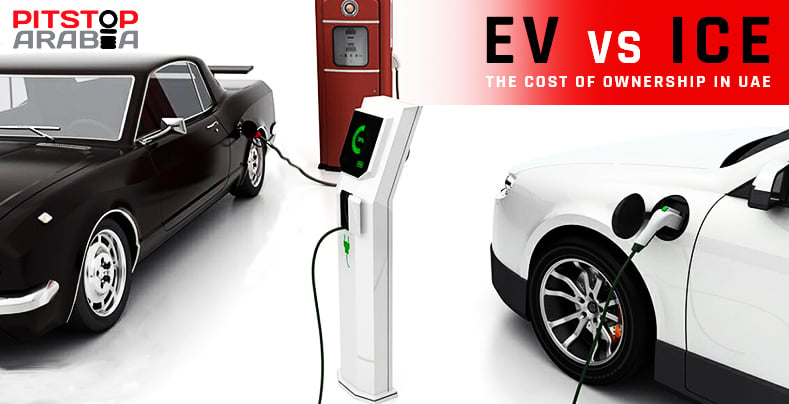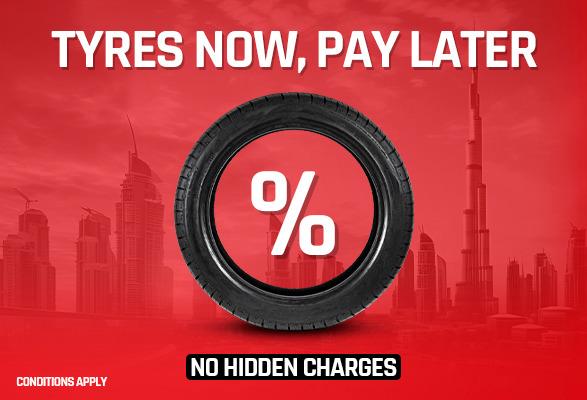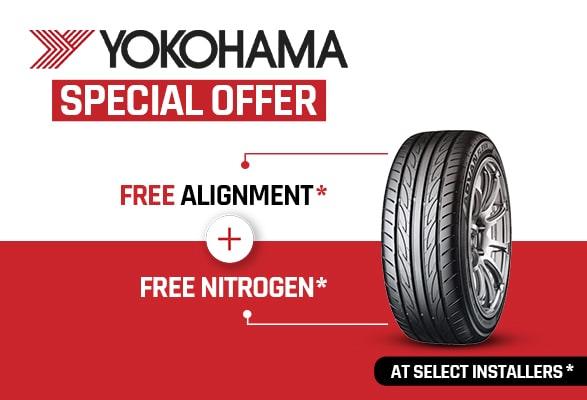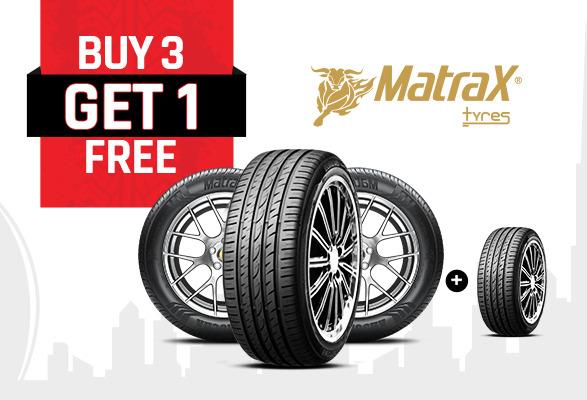EV vs ICE: The Cost Of Ownership In UAE
UAE is ranked eighth globally in terms of electric vehicle readiness and their electric vehicle market is expected to grow at an annual rate of 30% between 2022-2028. A 2020 Consumer Reports research found that EV owners spend 60% less on fuel than owners of internal combustion engine vehicles.
Despite rising global electricity prices, it’s still cheaper to run an electric car. While the cost of petrol has increased dramatically over the last few years in the UAE, it still has the lowest cost per kWh of electricity. So, buying an electric vehicle in UAE makes perfect sense. But, still, drivers are confused about which vehicle to buy between Electric vehicles and ICE vehicles.
Read our blog related to this query: Electric Vehicles vs ICE Vehicles – Which Require Less Maintenance?
It’s estimated that the average UAE motorist drives about 17,000 km every year. Considering a mid-size car that consumes 10 km/liter; it would translate to 1,700 liters of petrol or AED 5,440 spent on petrol alone every year. Additionally, there are also oil changes as well as other car periodic maintenance as well.
So why are EV costs lower? There are some facts that prove that Ev's ownership costs are lower when compared to ICE vehicle ownership.

Refueling Is Cheap
Compared to petrol, refueling a car with electricity is more cost-effective. The average cost of consumer electricity in the UAE is currently around 30 fils per kWh. A typical Tesla Model 3 costs around 5 fils/km to run. In comparison, a similar sized petrol car can cost anything from 25-30 fils/km. This works out to 5-6 times the cost of running an EV.
At the time of publication, the Tesla supercharger network and DEWA’s Charging network provide EV charging points are providing free charging to EV users. So, you don’t even have to charge at home, especially if you live in an apartment, as most of these free chargers are available at Malls and key points of interest.
An electric car can save time and money by charging overnight at home rather than at a more expensive and inconvenient location to buy gas.
Maintenance Is Cheaper
EVs have fewer moving parts than ICE vehicles and therefore lower maintenance costs. There is no periodic maintenance as such. While a petrol car would require air & oil filters and oil changes every 10,000 km plus brake pad changes every 40-50,000kms.
Additionally, there are transmission, differential, and many other types of lubricants that also need to be replaced. EV brake pads last 4 to 5 times longer due to regenerative braking which you lift your foot off the accelerator.
Depreciate Less
Looking at local used car listing websites we found that a 1-year-old EV only loses 5% of its value versus a 20% loss for ICE cars. As used electric vehicles are becoming more popular, their residual value has increased. On the contrary, petrol cars have a lot more depreciation.
Comparative Example
PitStopArabia recently calculated electricity consumption for three popular EV models in the UAE to understand the cost of ownership.
| Vehicle | Fuel Cost/km | Fuel Cost per Annum |
|---|---|---|
| 8.5 fils | 1,445 AED | |
| Tesla Model 3 Long Range | 5.2 fils | 884 AED |
| Tesla Model Y Long Range | 5.3 fils | 901 AED |
*Above examples based on electricity price: 30 fils/kWh & and average. 17,000 km/year
According to a survey by Arthur D Little, the UAE has one of the highest charging-station-to-vehicle ratios worldwide with nearly 325 charging stations. <
Dubai Electricity and Water Authority and Road Transport Authority are collaborating on incentives including free parking, toll exemption, and lower registration fees to encourage the usage of EVs. By 2050, they want all public transportation to be emission-free.









































Conclusion
In this blog, we have provided you with a comparison between the cost of ownership of EVs and ICE vehicles in the UAE. By providing some quantifiable facts and figures we have made it easy for you to choose between an EV and an ICE vehicle.